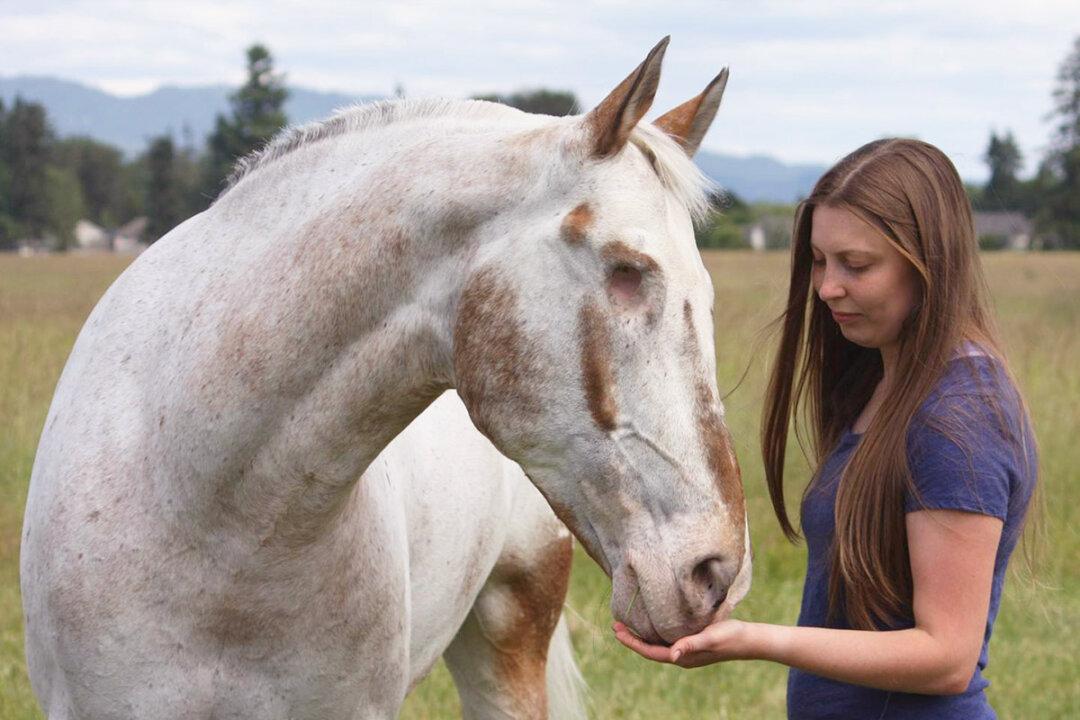A tortoise species that hasn’t been spotted since 1906 and was considered extinct has suddenly shown up in the Galapagos Islands. She was spotted on Sunday Feb. 17, 2019, during an expedition to Fernandina, an island in the western Ecuadorian region. The lucky team that found her were filming a new wildlife documentary series called Extinct or Alive.
The leader of the documentary team, Forrest Galante, made the extraordinary discovery of the tortoise under a pile of brush after crossing a long stretch of hardened lava, just one aspect of the island’s beautiful and bizarre landscape. It was Ecuador’s environment minister, Marcelo Mata, who made the official announcement that an adult female Fernandina Giant Tortoise had been found.
“As a biologist and someone who has dedicated my life to the pursuit of animals believed extinct, this is by far my greatest scientific accomplishment and proudest moment,” Galante
said.
The islands are the perfect place to have found her: according to the Galapagos Conservancy
website, “The old Spanish word ‘galapago’ meant ‘saddle,’ a term early explorers used for the tortoises due to the shape of their shells.”
There were many reasons to assume that the tortoise had become extinct, not least because giant tortoises were hunted for their meat after human colonization of the Galapagos archipelago. Preservation efforts didn’t come into play until 1959, so there was nothing to suggest that the Fernandina Giant Tortoise had escaped this fate. Fifteen giant tortoise species are known to have existed in the Galapagos, but conservationists estimate that only 10 have survived hunting.
“I believe she can become an icon of wildlife hope,” Galante
continued, comparing the team’s triumphant discovery to the icon of Lonesome George, the last known male Pinta Island Tortoise that became a sobering motif for extinction. “She’s the rarest tortoise, if not animal, in the entire world and one of the largest discoveries in the Galapagos in the last century,” Galante
clarified.
Lonesome George died in 2012, testament to the amazing longevity of the species. Scientists believe that tortoises came to the Galapagos between 2 million and 3 million years ago. They likely traveled from the South American coast on trade rafts carrying vegetation.
Some details of the female Fernandina Giant Tortoise have been revealed by the team who found her: she has a smooth shell over her large body and, most interestingly, a pink head. Susanna Dinnage, global president of Animal Planet (who are funding the documentary series
Extinct or Alive),
added: “We are moved and excited about this historic news. It gives us great hope that some species are surviving against the odds.”
Unconfirmed sightings of the tortoise had been reported in recent years, but the species was formally
listed on the IUCN Red List of Threatened Species as “critically endangered (possibly extinct).” IUCN had remained optimistic, however: “These sightings and signs, though needing verification through more extensive surveys, indicate the possibility that the species may remain extant in exceedingly small numbers,” they said.
It’s a rare boost for wildlife champions everywhere that a species not seen for over 100 years has resurfaced. In places such as the Galapagos where the landscape often prohibits regular screening for the status of flora and fauna, it’s especially remarkable that something as rare as the Fernandina Giant Tortoise has become visible.
The over-100-year-old female tortoise, while victorious in her mere existence, was found to be underweight. She was carefully transported to the island of Santa Cruz, where she will be cared for at the Giant Turtle Breeding Center. And as for the future of the species: “They will need more than one, but females may store sperm for a long time,” Stuart Pimm, Duke University professor of conservation ecology,
told Time.
“There may be hope.”
What do you think of this incredible discovery? Which animal would you like to bring back from extinction? Tell us in the comments below!









